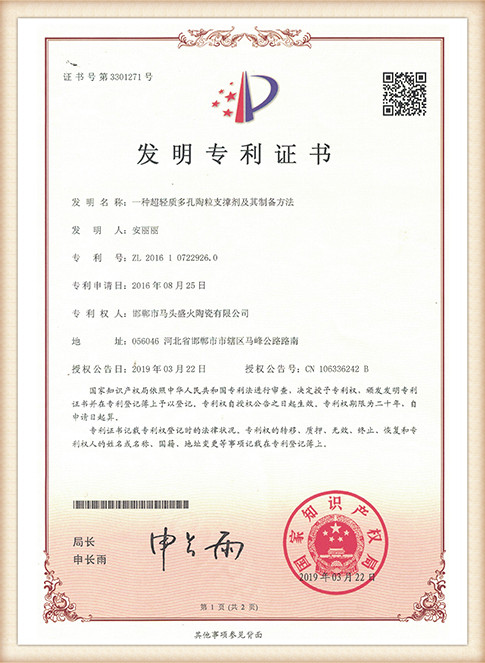Lost foam sand casting is an innovative and efficient method of metal casting that offers several advantages over traditional casting techniques. This process combines the simplicity of sand casting with the benefits of foam pattern technology, allowing for the creation of complex shapes and high-quality finishes.
The lost foam casting process begins with the production of a foam pattern, usually made from expanded polystyrene (EPS). This pattern is an exact replica of the final product and is coated with a fine layer of fine sand mixed with a bonding agent. Once the coating is applied, the foam pattern is placed in a mold box filled with sand, creating a mold that captures the details of the foam. The key aspect of this method is that the foam is not removed before pouring the metal; instead, it is allowed to vaporize when molten metal is introduced into the mold.
One of the primary advantages of lost foam sand casting is its ability to produce highly intricate and detailed shapes without the need for complex machining or tooling. The foam patterns can be created quickly and at a lower cost, making this method particularly attractive for prototyping and low to medium production runs. Furthermore, because the foam evaporates upon contact with the molten metal, there is minimal waste, and the process can produce castings with excellent dimensional accuracy.
lost foam sand casting

Another significant benefit of lost foam casting is the ability to use various metals, including aluminum, iron, and bronze. This versatility allows manufacturers to select materials best suited for their specific applications, whether for automotive parts, industrial components, or artistic sculptures. The process can also accommodate varying wall thicknesses, which is advantageous for creating lightweight yet strong components.
Moreover, lost foam casting generates fewer defects compared to traditional methods. The elimination of draft angles and the reduced need for cores and risers can greatly enhance the quality of the final product. Additionally, the process's low levels of shrinkage lead to fewer casting flaws and an improved overall surface finish.
In summary, lost foam sand casting represents a significant advancement in the field of metal casting. By leveraging foam pattern technology, it allows for the production of complex shapes with high precision and minimal waste. With its cost-effectiveness, versatility in materials, and ability to produce high-quality castings, lost foam sand casting has become a preferred method for many industries looking to innovate in design and manufacturing processes. As technology continues to evolve, this casting technique is likely to see further advancements, solidifying its place in modern manufacturing.
Post time:តុលា . 19, 2024 03:27
Next:sand casting conclusion
